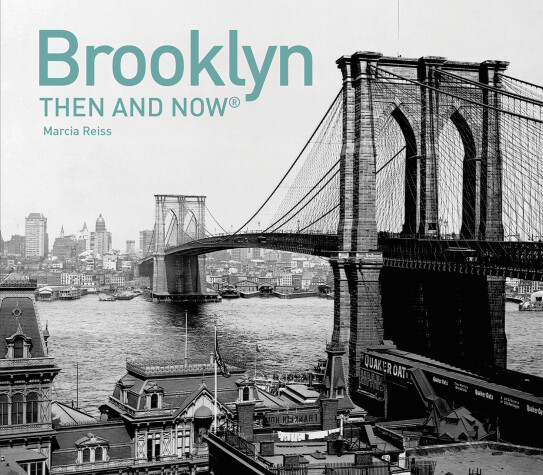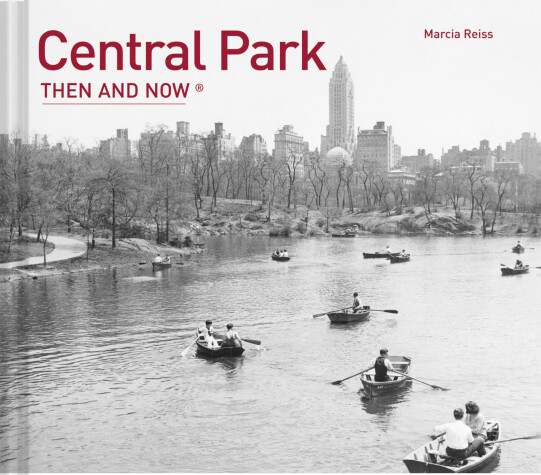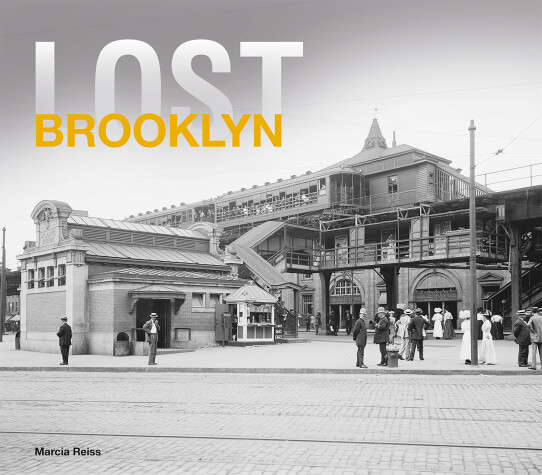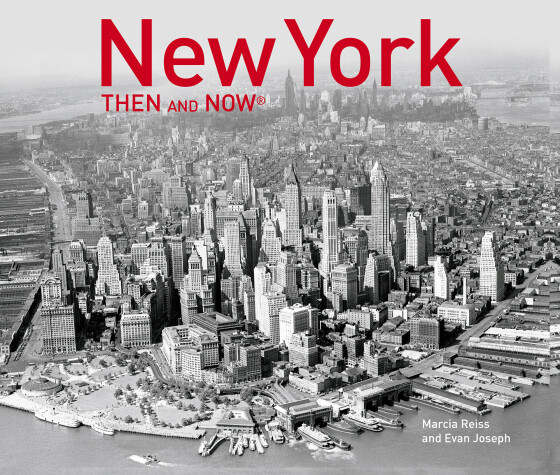Then and Now
6 total works
This mini hardback New York Then and Now is a new addition to the bestselling series that takes archive photos in vintage color from the 1940s, '50s, '60s, and '70s and pairs them with the same view today. This book helps dispel the myth that New York was filled up with yellow cabs in the 1950s--there were many colors back then--with vivid images in Kodachrome.
Sites include: The Guggenheim, Times Square, Manhattan from Governors Island, the Empire State Building, Central Park Children's Zoo, New York Municipal Airport, Grand Central Station, The Wollman Ice Rink, Winter Garden Theatre, New York Public Library, Radio City and much more.
Putting archive and contemporary photographs of the same landmark side-by-side, Central Park Then and Now® celebrates the famous park throughout its 150-year history, as well as the roads and landmark buildings surrounding it. Central Park is an 843-acre sylvan landscape filled with a uniquely New York urban vitality. Crowds in long gowns and top hats change to mass gatherings in modern times, such as the 1968 rally against the Vietnam War and the vigil following John Lennon's death in 1980. Lost structures are revealed, including a lavish 1920s era nightclub, known as the Casino, and elaborate rustic shelters and bridges. The book is a "walk through the park," beginning at its elegant Fifth Central Park Avenue entrance at East 59th Street with views of the Plaza Hotel and Grand Army Plaza. It moves north along Manhattan's Upper East Side, taking in the Zoo, magnificent Mall, Terrace, Bethesda Fountain, and Metropolitan Museum of Art. It extends to the park's northern border at 110th Street in Harlem, returning south along the Upper West Side to West 59th Street. It presents picturesque scenes along the lake and boathouse, as well as the Great Lawn and Sheep Meadow where historic rallies and concerts took place. This side of the park also reveals hidden sites in the wooded Ramble, the glittering Tavern on the Green restaurant, and a Thanksgiving Day Parade that took place along Central Park West more than half a century ago. Other sites include Millionaires Row, Carriage Row, Inscope Arch, Belvedere Castle, Gapstow Bridge, Wollman Rick, Balto Memorial, Obelisk, Dairy, and Arsenal. Rare archival images are paired with specially commissioned photographs, bringing the past and present together to reveal New York's fascinating history; its major events, controversies, and cultural changes throughout the decades.
Brooklyn has had many faces over the course of its fascinating history. It has transformed from being a major center of industry in the 19th century to being the hippest and most populous of New York's five boroughs today.
Lost Brooklyn traces the cherished places that time, progress and fashion swept aside before concerned citizens or the National Register of Historic Places could save them from the wrecker's ball. Organised chronologically, starting with the earliest losses and ending with the latest, Lost Brooklyn features the much-loved buildings, industries and modes of transport that have been lost, replaced or transformed in the name of progress.
Losses include: Brooklyn Naval Hospital, Brooklyn Shipping Piers, Brooklyn Sugar Refining Co., Brooklyn Velodrome, Coney Island Clubhouse, Dreamland, Ebbets Field, the Elevated Railway, Fulton Ferry, Fort Lafayette, Fox Theatre, Hotel St. George, Luna Park, Schaefer Brewery, Sheepshead Speedway, Steeplechase Park, Streetcars, Williamsburg Plaza.
The latest version of Pavilion's top-selling North American title New York Then and Now has been fully revised and updated for 2019. Photographed by one of the city's leading architectural photographers and authored by the doyenne of popular New York histories, Marcia Reiss, the book shows the everchanging nature of the city's streetscapes.
All the familiar New York landmarks are included, starting with Governors Island and Liberty Island with Liberty Enlightening the World, then moving inland from Castle Clinton and Battery Park through Manhattan to Central Park and beyond. There are the sites that have hardly changed in the last century (Ellis Island, US Custom House, Wall Street, Central Park), there are those that have disappeared entirely (Pennsylvania Station, Waldorf Astoria, the Singer Building), and there are those that never stop changing from week to week (Times Square).
This latest version for 2019 includes more vintage color, along with new "Now" photography to bring the title right up to date.





